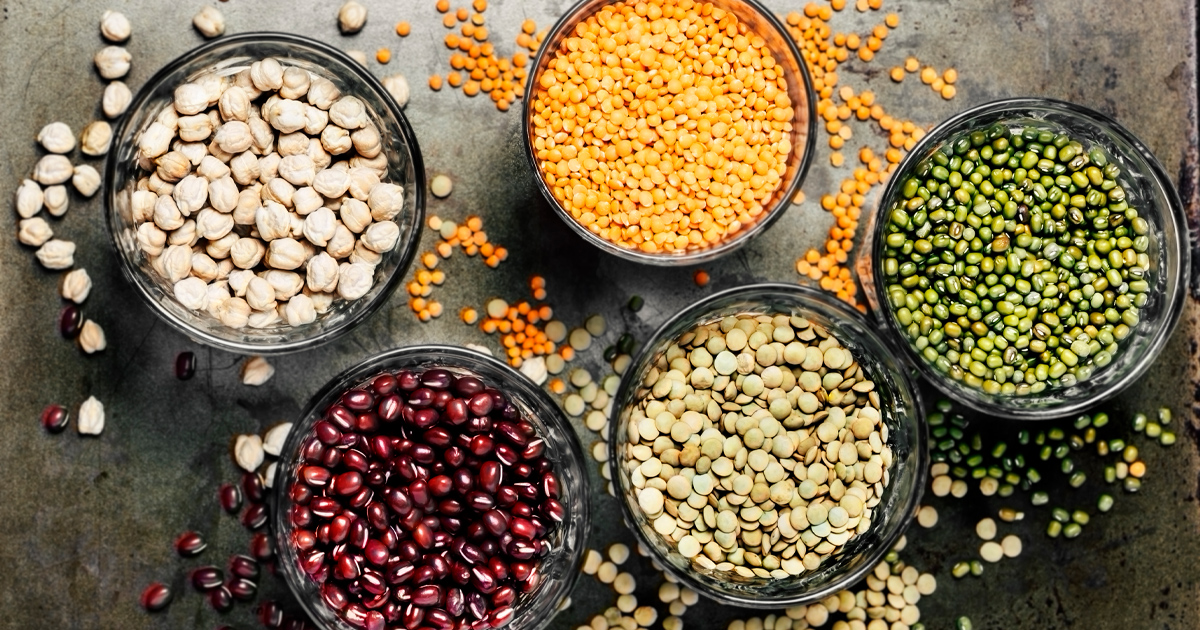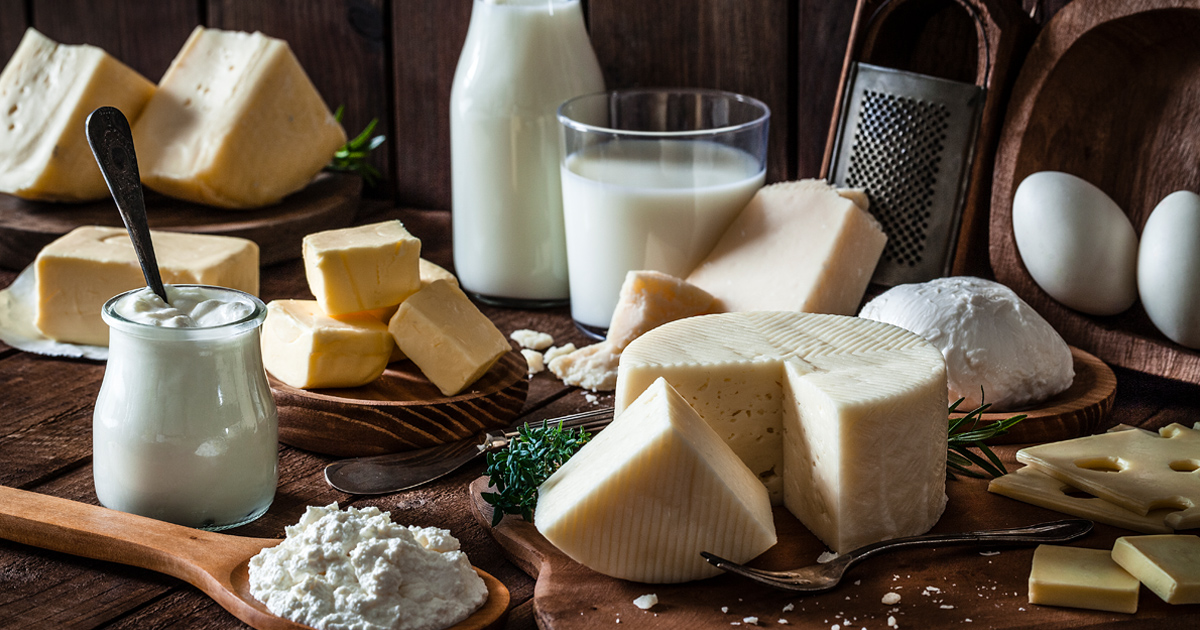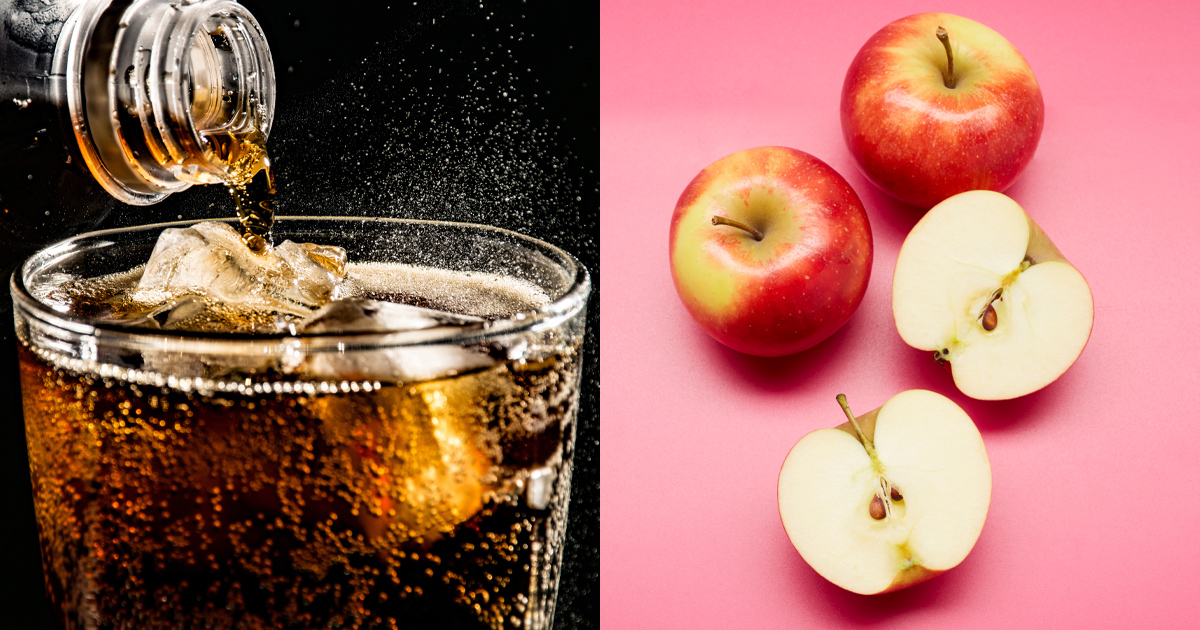How to beat the bloat

If your tummy often feels like it’s going to explode after a meal, there might be a simple explanation. Looking at when, how and what you eat and drink might help you solve the problem.
Feeling like you’ve swallowed a balloon is not unusual. It happens to many people and it isn’t always a sign that you ate too much. But it doesn’t always mean there’s something seriously wrong with you, either.
Bloating happens in your gastrointestinal tract, the linked organs your food and drink move through. You feel as if you’ve eaten a lot and there is no room in your stomach.
If you notice that you often feel bloated at certain times, such as after eating or drinking, if it doesn’t keep getting worse and goes away by itself, it’s mostly not a serious problem.
If it doesn’t subside when you’ve cut possible troublemakers from your diet and it doesn’t get better after a visit to the toilet, there could be a problem your doctor should look at. Some possible causes are chronic illness, a stomach infection, fluid retention and irritable bowel syndrome, reflux (heartburn), putting on too much weight and, for some women, menstruation.
For bloating that’s more annoying and unpleasant than painful and worrying, here are a few things to try. They might help.
HOW YOU EAT
How you put stuff in your mouth plays a part. If you’re gulping down food because you’re starving or it’s too hot, you’re probably swallowing air as well. The same can happen while chewing gum, smoking or drinking through a straw.
It’s important to eat just enough and eat healthy food. Eating slowly will help you to know when you’re full.
Don’t forget exercise – stronger stomach muscles stimulate the digestive system. It also helps against stress, which affects nerves in the gut and can slow down digestion.
There are food types that can bring on the bloat. Try avoiding or replacing them, one by one. See if it makes a difference. In some cases, cooking them differently could also work.

IT’S THE BEANS
Healthy as they are, beans, chickpeas and lentils also contain lost of fibre as well as natural sugars that can’t be digested. Have them, but only a few times per week. Soften dry beans under hot water first and then cook them in fresh water.
Options: Pinto and black beans might be easier to digest than other kinds. Lighter lentils usually have less fibre than darker ones, so they might cause less bloating. Some experts say if you combine beans with digestible whole grains such as rice or quinoa your body will get used to them.
Cruciferous vegetables are just as healthy but also contain an indigestible sugar that causes bloating. This big group of veg includes broccoli, cauliflower, cabbage, kale, bok choy, Brussels sprouts, watercress and radish.
Start by having small portions which you sauté, steam, roast or add to soups. That breaks down the sugar and softens the fibre.
Options: Switch to spinach, cucumber, lettuce, sweet potatoes and zucchini.
Onion contains more fructans than any other vegetable. These are a kind of carbohydrate made up of fructose, the basic sugar in honey and fruit. Fructanscause digestive trouble, which is why onion is often the reason for bloating.
Options: Instead of onion, use fresh herbs or spices for flavour.

AND THE DAIRY
Lactose is a kind of sugar that can cause tummy troubles even if your not sensitive or intolerant to it. That means cutting down on dairy.
Options: Some lactose-intolerant people can handle cream, butter, or fermented dairy such as yogurt. If you can’t live without milk, try lactose-free products or “milk” made from coconut, almond, soy or rice.
Bread, pasta and cereal can cause gas and bloating in people who are sensitive to gluten. But your gut might also dislike the fructans which are found in wheat, rye and barley. You don’t have to cut them completely – just for a few weeks. Then reintroduce them one by one to find out which your body doesn’t like.
Options: Go gluten-free with pure oats, quinoa, buckwheat, or almond and coconut flour.
Sugar-free snacks can cause other problems – they often contain sweeteners that could bloat your belly. Look out for fructose and sucralose among the ingredients and avoid them.
Options: The best dieting snacks include nuts and seeds, a small piece of 75 percent dark chocolate, fresh fruit, vegetables and peanut butter.

ALSO DRINKS AND APPLES
The fizz in cold drinks and sparkling water can cause belching, bloating and gas. Many of them also contain artificial sweeteners, making things even worse.
Options: Plain water. Give it some flavour with frozen berries, cucumber or combinations such as mint or ginger with pineapple.
Apples pack a lot of fructose and is high in fibre. Both can ferment in your large intestine and produce gas. Cooked apples might be easier on your gut. Also see if pears, peaches and prunes aren’t the reason for your problem.
Options: Other fruit such as bananas, blueberries, grapefruit and oranges.
AND FINALLY, FENNEL
Fennel can work magic. The seeds contain compound that relaxes gut spasms, which allows gas to pass. You can use fennel in cooking or chew a few plain fennel seeds (even the candy-coated ones) after a meal as Indians have been doing for ages. See if you can find fennel tea. You might like it.
Sources: www.livestrong.com, www.healthline.com, www.health.com, familydoctor.org, www.healthdirect.gov.au, www.niddk.nih.go, www.medicalnewstoday.com,
Related articles

Latest Jet club magazine
We’ve got the latest trends, exciting prizes and exclusive savings just for you!
Jet Club will not pass your details to anyone else. By clicking the subscribe button you confirm you have read and agree to the Jet Club Terms and conditions and Jet Club Privacy Statement.
Subscribe

